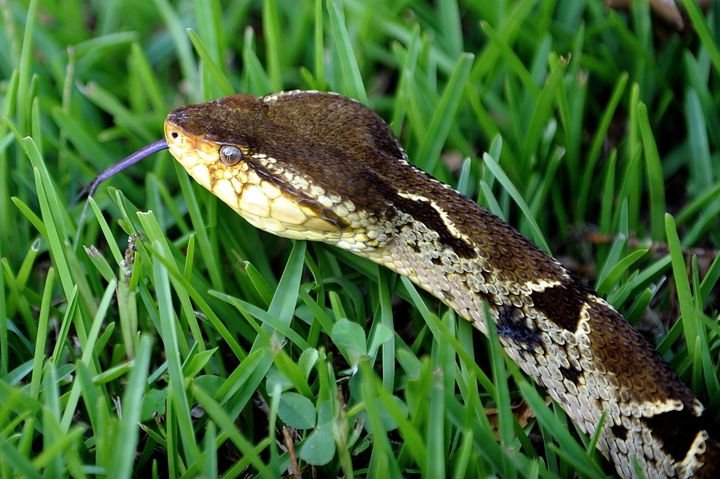
A chemical compound that is used on heart patients may raise chances of survival for snakebite victims, Australian scientists said on Monday.
In a paper published in Nature Medicine, the researchers said the chemical nitric oxide can slow down by as much as 50 percent the time it takes for snake venom to enter the bloodstream.
With that extra time, victims can seek medical help, said lead author Dirk van Helden, professor at the School of Biomedical Sciences, University of Newcastle in Australia.
"When you are bitten by a snake, the toxins are large molecules and they get injected into tissues. They can't break into blood vessels because they are too big. So they get taken up by the lymphatic system and it takes them into the blood vessels," Helden said in a telephone interview.
"The idea is to close off the lymph flow ... and we tried it and it markedly slowed lymph flow in rats and also in humans."
In their experiment, Helden and colleagues rubbed an ointment containing nitric oxide around the spot where mice were injected with lethal doses of snake venom and found that it slowed lymph flow significantly.
"(They) lived for an hour on average (without ointment), but when we put the cream on, (another group of mice) lived for 90 minutes. If you can slow the lymph, it has a massive effect on survival," he said.
The ointment had the same effect on human volunteers, although in this case, the participants were injected with a harmless dye which had molecules of roughly the same size as snake venom.
Helden said nitric oxide had the effect of slowing down the pumping action of the lymphatic system, which in turn slowed down the transportation of the venom into the bloodstream.
Each year, snakebite accounts for an estimated 100,000 deaths and 400,000 amputations worldwide, mostly in South Asia, southeast Asia and sub-Saharan Africa because antivenom is not readily available.
Australia is home to some of the world's most venomous snakes.
Copyright 2011 Thomson Reuters. Click for Restrictions.
